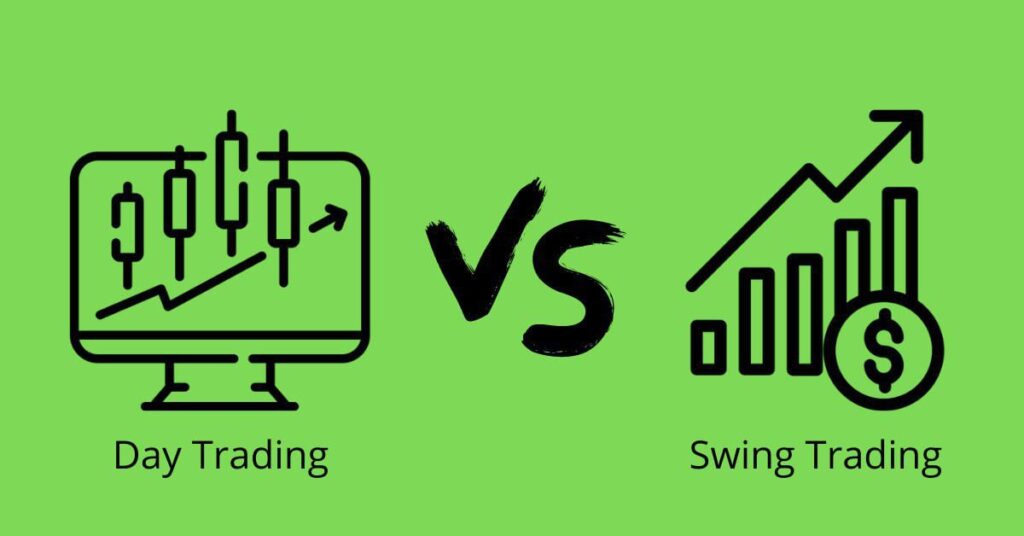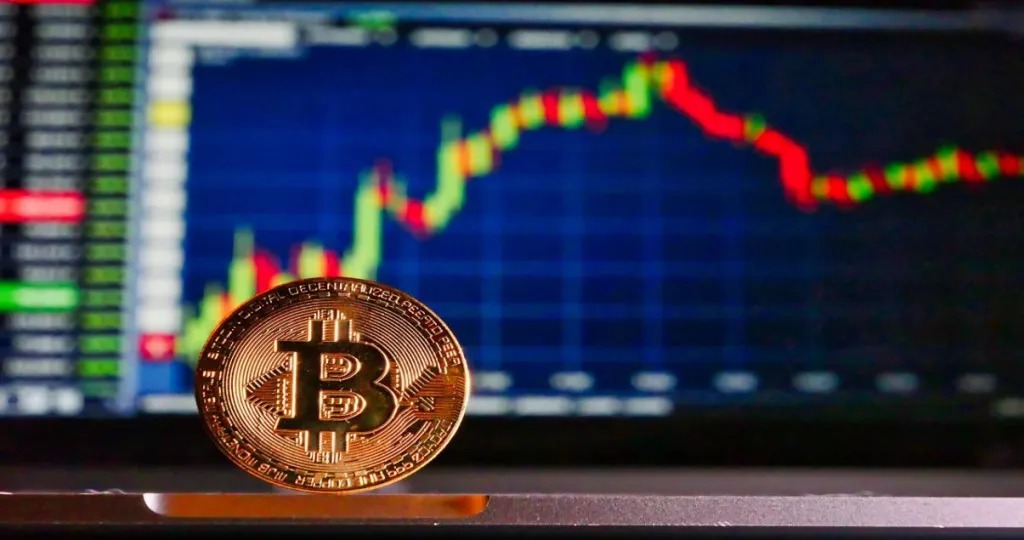
What is Difference between in Day Trading Vs Swing Trading ?
Today, we going to discuss about What is the Difference between in Day Trading Vs Swing Trading ?
Swing trading and day trading are both popular trading styles, but they differ in terms of time horizon, trading frequency, and the duration of trades. Here are the key differences between swing trading and day trading:
1. Time Horizon:
– Swing Trading: Swing traders hold positions for several days to a few weeks. They aim to capture price swings or short-to-medium-term trends within the broader market trend.
– Day Trading: Day traders open and close positions within the same trading day, avoiding overnight exposure. They do not hold positions overnight and close all trades before the market closes.
2. Trading Frequency:
– Swing Trading: Swing traders make fewer trades compared to day traders. They focus on high-probability setups and wait for the right market conditions to enter and exit positions.
– Day Trading: Day traders execute multiple trades throughout the trading session, often entering and exiting positions within minutes or hours. They take advantage of short-term price movements and high liquidity in the market.
3. Trade Duration:
– Swing Trading: Swing trades typically last from a few days to a few weeks. Swing traders aim to capture a larger portion of a price move, so they need to be patient and wait for the trade to develop.
– Day Trading: Day trades are short-lived, lasting only a few minutes to hours. Day traders capitalize on intraday price fluctuations and close positions before the market closes.
4. Risk Management:
– Swing Trading: Swing traders typically use wider stop-loss orders as their trades have a longer time horizon. They aim to withstand short-term price fluctuations while maintaining a favorable risk-reward ratio.
– Day Trading: Day traders use tighter stop-loss orders to limit potential losses in a shorter time frame. Due to the fast-paced nature of day trading, risk management is crucial to avoid significant losses.
5. Market Analysis:
– Swing Trading: Swing traders often rely on technical analysis to identify trends, chart patterns, and key support/resistance levels. They also consider fundamental factors that may influence the market over the medium term.
– Day Trading: Day traders primarily use technical analysis and focus on intraday price charts, such as one-minute or five-minute intervals. They look for short-term patterns and momentum indicators to make quick trading decisions.
6. Lifestyle and Time Commitment:
– Swing Trading: Swing trading requires less time commitment than day trading. It allows traders to have a more flexible schedule as they are not constantly monitoring the markets throughout the day.
– Day Trading: Day trading demands intense focus and constant monitoring of price movements during the trading session. Traders need to be available and attentive throughout the trading day.
Both swing trading and day trading have their advantages and challenges, and the choice of trading style depends on a trader’s personality, risk tolerance, time availability, and trading goals. Some traders may prefer the excitement and quick profits of day trading, while others may opt for the patience and potentially larger gains of swing trading.


